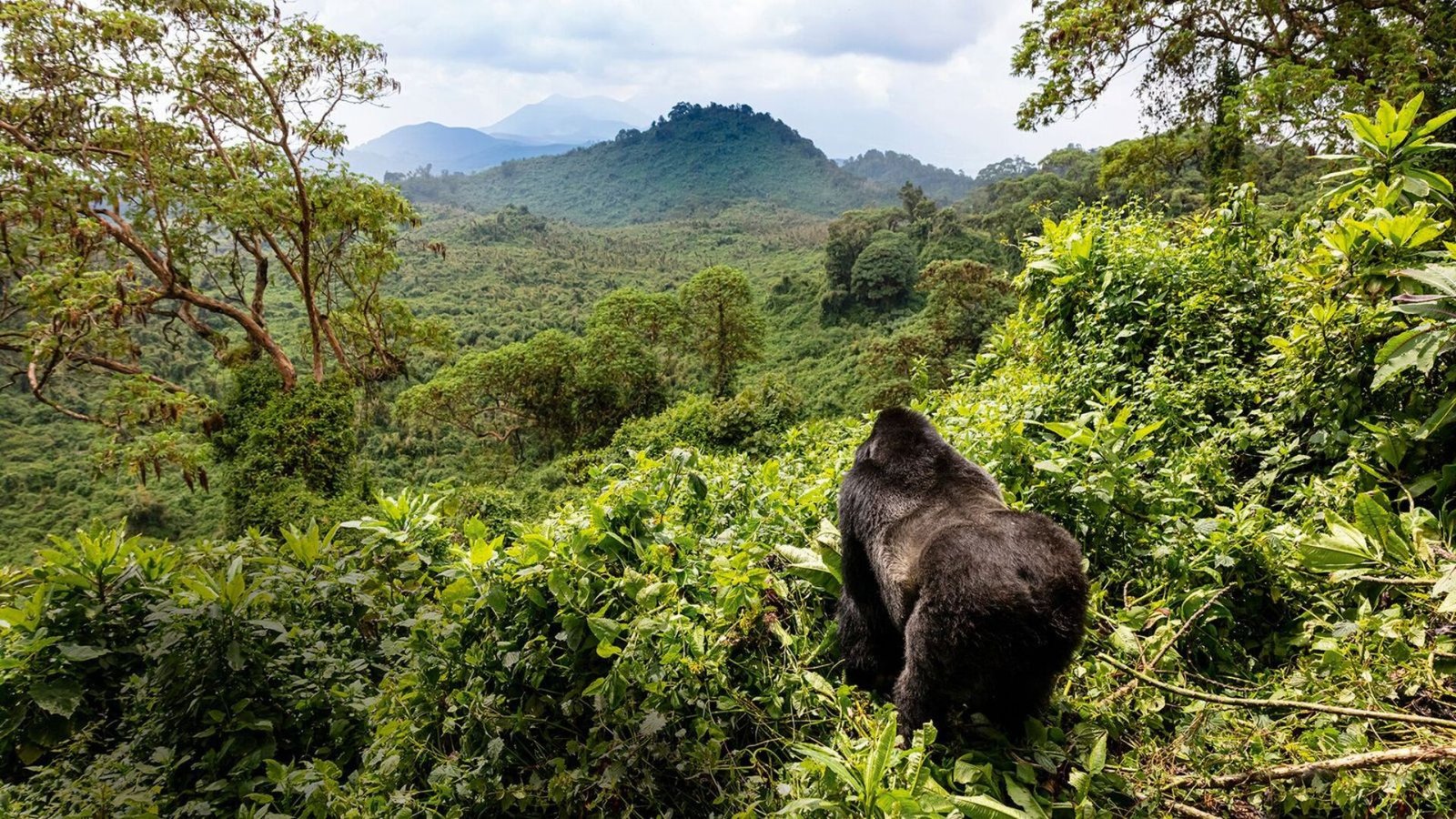|
Getting your Trinity Audio player ready...
|
Africa is renowned for its stunning and diverse landscapes, each characterized by unique ecosystems that support a rich variety of flora and fauna. From the vast deserts of the Sahara to the lush rainforests of the Congo Basin, the continent boasts an incredible array of habitats. In this article, we’ll take a closer look at Africa’s diverse ecosystems and the fascinating wildlife that calls them home.

1. The Sahara Desert
The Sahara Desert is the largest hot desert in the world, spanning over 9 million square kilometres across North Africa. Despite its arid and inhospitable conditions, the Sahara is home to a surprising variety of life adapted to survive in extreme environments. This includes species such as the dromedary camel, Fennec fox, and desert monitor lizard. Plants like acacia trees, date palms, and drought-resistant grasses also thrive in the desert’s harsh climate.
2. The African Savanna
The African savanna is perhaps the most iconic of Africa’s ecosystems, characterized by vast grasslands punctuated by scattered trees and shrubs. This habitat is home to some of Africa’s most iconic wildlife, including the “Big Five” – lion, elephant, buffalo, leopard, and rhinoceros. Other notable species found in the savanna include giraffes, zebras, wildebeests, and various antelope species. The savanna’s rich biodiversity and open landscapes make it a prime destination for wildlife safaris and photography.
3. The Congo Rainforest
The Congo Rainforest, also known as the Congo Basin, is the second-largest tropical rainforest in the world, spanning six countries in Central Africa. This lush and biodiverse ecosystem is home to an astonishing array of plant and animal species, many of which are found nowhere else on Earth. From majestic forest elephants and elusive gorillas to colourful birds and vibrant butterflies, the Congo Rainforest teems with life. Threats such as deforestation and poaching, however, endanger the delicate balance of this critical ecosystem.
4. The Serengeti
The Serengeti ecosystem, located in Tanzania and Kenya, is famous for hosting one of the most spectacular wildlife events on the planet – the Great Migration. Each year, millions of wildebeests, zebras, and gazelles embark on a perilous journey across the Serengeti in search of fresh grazing lands. This mass movement of animals is accompanied by predators such as lions, cheetahs, and hyenas, creating a dramatic spectacle of life and death on the savanna plains.
5. Coastal Ecosystems: Mangroves, Coral Reefs, and Marine Life
Africa’s coastline is dotted with diverse marine ecosystems, including mangrove forests, coral reefs, and seagrass beds. These coastal habitats support a rich variety of marine life, including colourful coral reef fish, sea turtles, dolphins, and whales. Mangroves play a crucial role in coastal protection and provide vital nursery grounds for many marine species. However, coastal ecosystems face threats from pollution, overfishing, and climate change, highlighting the importance of conservation efforts.
Final Thoughts
In conclusion, Africa’s diverse ecosystems are a testament to the continent’s natural beauty and ecological richness. From the harsh deserts of the Sahara to the lush rainforests of the Congo, each habitat is teeming with life and holds valuable ecological importance. By preserving and protecting these ecosystems, we can ensure the survival of Africa’s unique wildlife and maintain the continent’s natural heritage for future generations to enjoy.
FAQ Section
Q: What are some threats to Africa’s diverse ecosystems?
Africa’s ecosystems face various threats, including deforestation, habitat destruction, poaching, climate change, and pollution. These factors contribute to the loss of biodiversity and pose significant challenges to the conservation of Africa’s natural heritage.
Q: How can I contribute to the conservation of Africa’s ecosystems?
There are several ways to contribute to the conservation of Africa’s ecosystems. This includes supporting conservation organizations and participating in eco-friendly tourism activities.
Q: Are there any efforts to conserve Africa’s rainforests?
Yes, there are numerous conservation initiatives focused on protecting Africa’s rainforests. Organizations like the World Wildlife Fund (WWF) and the Rainforest Trust work to preserve these vital ecosystems.
Q: What role do indigenous communities play in the conservation of Africa’s ecosystems?
Indigenous communities often have deep cultural connections to the land and possess traditional knowledge about conservation practices. Many conservation efforts involve partnering with indigenous communities to promote sustainable resource management and protect biodiversity.
Q: How does climate change impact Africa’s ecosystems?
Climate change affects Africa’s ecosystems in various ways, including altering rainfall patterns, increasing temperatures, and exacerbating extreme weather events. These changes can disrupt ecosystems, leading to shifts in habitat suitability, species distributions, and ecosystem functioning.
Q: How can I learn more about Africa’s diverse ecosystems?
You can learn more about Africa’s diverse ecosystems by exploring educational resources, visiting conservation centres and nature reserves, participating in guided wildlife safaris and eco-tours, and engaging with local communities and conservation organizations dedicated to preserving Africa’s natural heritage.